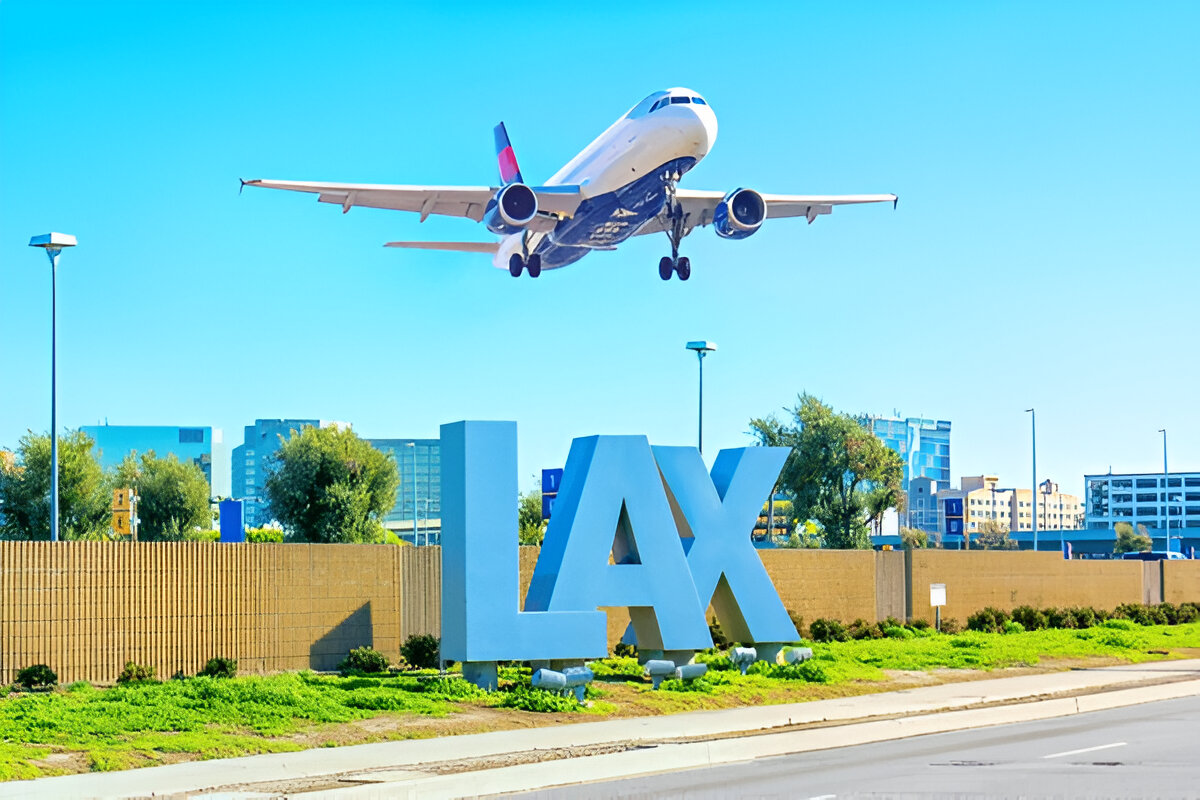Introduction to the United Airlines Flight UA770 Emergency Diversion:
United airlines flight ua770 emergency diversion was just another flight in the sky that day, until suddenly it wasn’t. Our butts hit the seats, and our flight attendants had just finished securing the cabin for takeoff when we heard what we would never expect on a cross-country flight. This event provided a crew validation, as well as tightened up a significant number of safety procedures in aviation.
Come with us as we get stuck into this fascinating scenario where a sudden and dire development took place during Flight UA770, experiencing what went down before, during, and after this major emergency diversion. Strap in and get ready for a wild ride!
Timeline of Events Leading to the Diversion:
The united airlines flight ua770 emergency diversion incident unfolded quickly. The plane had left Denver International Airport destined for San Francisco.
The crew, shortly after take-off, reported a technical fault. In the cabin, passengers had no initial knowledge that something had happened in the cockpit.
With time ticking, hopes were starting to dwindle. Flight attendants informed passengers that there was suspicious activity among the group.
Sensing that something was awry, they began to ask questions. Pilots, meanwhile, spoke with air traffic control about the possibility of a diversion.
They decided to return to Denver less than half an hour after takeoff. The plane made a U-turn and returned to the airport, rt where it made an emergency landing back at its original departure point.
By that time, there were some very nervous passengers who were cool and collected. The plane later landed safely on runway 26 of Denver International Airport.
Passengers and Crew Reactions:
Sherrler knew some played cards, with others “about their normal way.” After word of the emergency diversion quickly circulated through the cabin, reactions among passengers were mixed. A few were in shock, but many kept their cool heads. Some started holding their armrests, shooting looks around them.
Crew members quickly took charge. The flight attendants made their way quickly down the aisles to comfort and help. They were further exemplars of professionalism in the face of uncertainty.
Some passengers recorded the sight on their smartphones, capturing an event that would later make aviation history. And others participated in discussions about safety protocols they hoped would be observed.
Children tried to break the tension with innocent inquiries, including whether they would still return home in time for dinner. The laughter was a welcome relief from the collective anxiety that hung in the air as they waited to hear from the flight crew about what came next.
Safety Measures Taken by United Airlines:
Safety is united airlines flight ua770 emergency diversion top priority. They just made things happen after the UA770 emergency diversion to make sure that sort of thing is handled correctly.
Training of the crew is number one. Cabin crew and flight crew must undertake and pass tough simulations which will put their skills under intense situations such as an emergency. This will help in responding calmly to sudden challenges.
Communication is also the key. United has strong protocols for communicating with passengers during a crisis. Knowing what to do and what is expected can help reduce anxiety and provide guidance to all concerned as we go through the necessary actions.
In addition, routine inspections of aircraft also play an important role in safety endeavors. These checks help flag potential problems before takeoff, helping to prevent mid-flight mechanical failures.
United collaborates with authorities and other carriers to stay current on best practices and changes in safety. In this line of work, it is all about continuous progress.
Findings of Investigation and Causes of Deviation:
The following are some of the key findings from the investigation of the emergency diversion of United Airlines Flight UA770 emergency diversion. Early assessments indicated a mechanical problem that developed soon after takeoff. The aircraft hydraulic-pressure level was fluctuating back and forth, which resulted in questions about control.
Investigators reviewed maintenance records and saw no previous signs of trouble. But the incident served to highlight the role of routine checks and crew vigilance in reporting any discrepancies.
Pilot’s reports indicate problems with control on take-off. This led to challenges in the training organisation to handle such contingencies.
The weather pattern was also checked and placed aside as a contributing factor to the emergency. The results highlighted gaps in communication in flight crews, especially in the event of an in-flight malfunction.
Safety investigators agreed that quick judgments had been crucial in preventing a catastrophe on that occasion. All of the information gathered will be used to tweak future operating procedures at United Airlines and elsewhere.
Analysis of United Airlines’ Response:
United Airlines Reacts to Emergency Diversion of Flight UA770. The United Airlines emergency diversion of Flight UA770 was handled with speed and precision. The airlines put passenger safety first, and it was really Showing True Colors in a crisis.
Communication saved the day during this incident. Passengers were kept up to date on the unexpected turn the flight had taken by crew members during the flight. Transparency also provided relief for uneasy travelers.
Upon landing, ground teams were able to easily communicate with first responders. This had the effect of ensuring that medical support was in close range of anyone requiring it after the diversion.
And United Airlines put in place their care team quickly, counseling impacted passengers and crew members. Those types of efforts suggest an awareness of the emotional toll emergencies can inflict.
Passenger feedback from on board addressed gratitude for how the crew handled a difficult situation under tense circumstances. Such a proactive step can help build trust between the customers and the airline in the time to come.
Lessons Learned and Future Precautions:
The unscheduled landing of United Airlines Flight UA770 became a lesson learnt for the aviation industry. It is important to know what went wrong to avoid the problem next time.
One important lesson is the importance of real-time communication among pilots in the cockpit, and between cockpit crews and air traffic control. Quick sharing of information can dramatically improve response times in emergencies.
Further improvements could be made by increasing the quality of training of crews in emergency procedures to enable unexpected situations to be better handled. Drills, or exercises that replicate such situations, would instill confidence and increase the speed of response.
Technology is likewise a key factor in continued safety improvements. Newer monitoring technologies could detect potential problems early and ensure they are addressed before disaster strikes, if only we would invest.
There is a need for education for passengers on safety. Training passengers to the correct emergency procedure not only promotes calm and cooperation in those stressful moments but also assists in the well-being and safety of all travelers on board.
Conclusion: United Airlines Flight UA770 Emergency Diversion
The emergency landing of United Airlines Flight UA770 has revealed some important lessons about safety and airline crisis management. As travelers, knowing what happened can help us respect the challenges involved in air travel. The quick reaction of the flight crew, under stress, is a testament to their training and commitment to ensuring the safety of the passengers.
And the story also underlines the need for airlines to ensure robust safety procedures are in place. I think with all these investigations ongoing, it is obvious that evaluating these types of situations does help us to improve our protocols in the future.”
When we consider this event, we are reminded that all flights have their risks, but thanks to diligent crews and educated passengers, passenger aviation continues to be the safest form of travel in the world.









